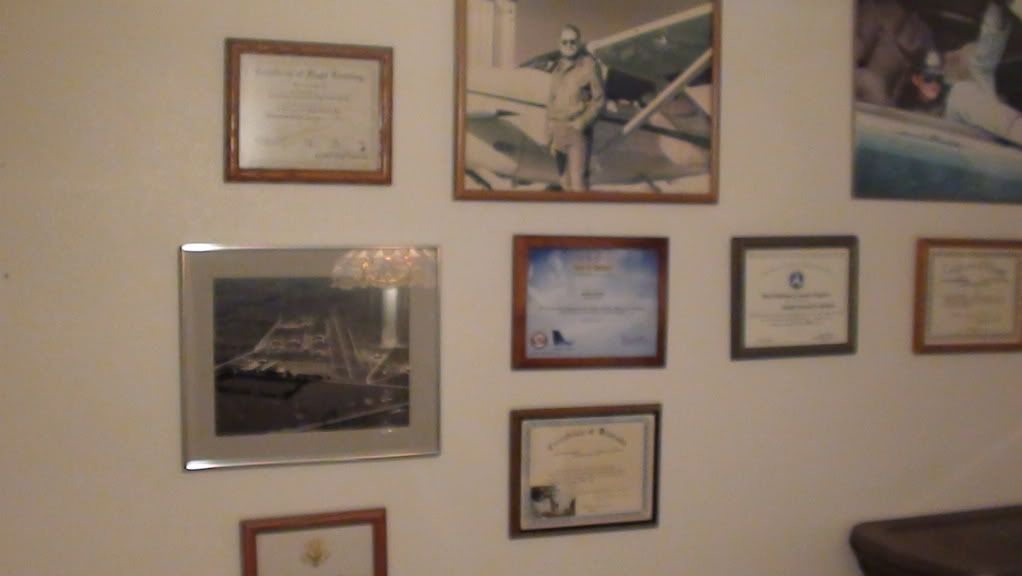Hi John,
I think you might be confusing two different methods into one to observe one of the classic signs of hypoxia
The pressing the fingernail test also known as Capillary Refill Test is to be used for a quick assessment for shock, dehydration, peripheral vascular disease, or hypothermia. This test is not really for hypoxia. Normally our fingernail beds have a red or blush color. Pressing down on the fingernails push the blood out of the capillary bed underneath, making it look whitish or blanched. This is done to measure how fast the blood returns to the capillary bed. With normal circulation the change from blanch to blush should be less than 2 seconds. Shock, dehydration, peripheral vascular disease, or hypothermia will cause a greater than 2 second return of blood into the capillary bed.
The bluing of the fingernail bed and lips is one of the early signs of hypoxia. This is called cyanosis. Generally, this means that the brain is becoming deficient of oxygen and blood is being removed from the extremities to help increase the supply to the brain to maintain an optimum level of oxygenation.
Want to know the difference between signs and symptoms? Signs are visual indicators or the physical manifestation of injury, illness or disease, symptoms can be described as what a patient experiences about the injury, illness or disease.
So the common signs for altitude induced Hypoxia are:
Poor coordination
Rapid breathing
Cyanosis
Lassitude/ Lethargy
Symptoms of Hypoxia
mental fatigue
Headache
Air Hunger - deeper breathing or gasping for breath
Nausea
Dizziness
Euphoria - drunk feeling
Tingling of the extremities
Visual Impairment - tunnel vision, loss of color vision
My previous military Physiological Training cycles were two day affairs that covered all the aerospace medical issues, and several "chamber rides" under daylight conditions to learn your specific signs and symptoms, and to high altitude to learn pressure demand breathing ,under night conditions (to experience visual color changes), and rapid decompression training.
Like I said perviously, the best way to know your own specific individual signs and symptoms of hypoxia, sign up for Physiological Training through the FAA. It's great training to have and experience.
Wayne


